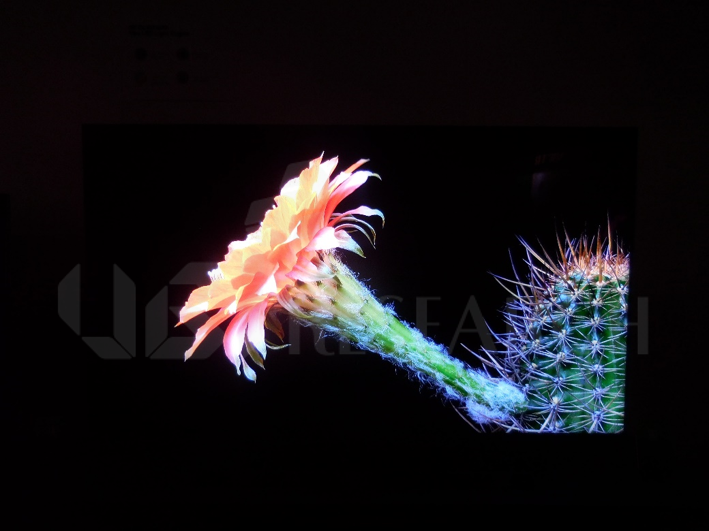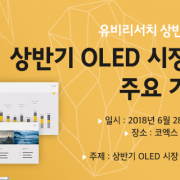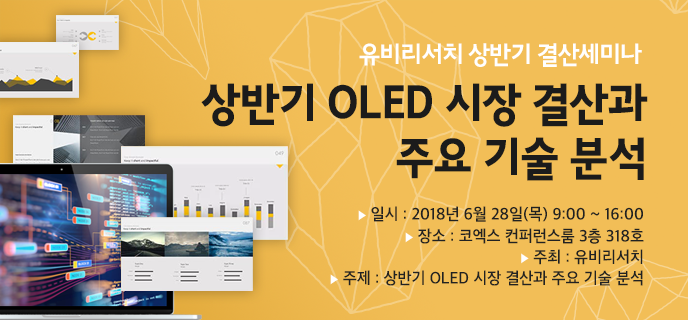The micro LED, QLED and hologram, which are referred to as the next generation displays, were presented at the seminar entitled ‘Recent Trends in Display and Vehicle Display Technology’ hosted by UBI Research on the 14th.
Under the theme ‘Technical Issues of micro LED Display and Market Trend’, professor Moon Dae-gyu of Soonchunhyang University said, “Micro LED can be realized in high resolution and it is easy to implement curved display or flexible display because there is no limit of panel shape and size” He added “When applying micro LED to a display, high resolution is feasible even on a small substrate size, so that it can be applied to VR, etc.” and expected “When applied to a public display, it will be able to escape from the method of tiling many display panels”. However, there remain some technical problems such as the problem of transferring and connecting millions of LED chips quickly and accurately, the deviation problem of color and luminous efficiency between LED chips, and the technical problem of implementing an active matrix for the application of a display.
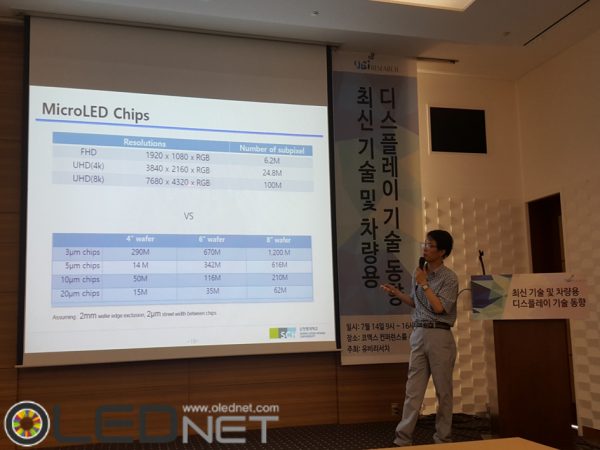
<Professor Moon Dae-gyu of Soonchunhyang University>
Next, Dr. Hwang Do-Kyung of Korea Institute of Science and Technology(KIST), Dr. Bae Wan-ki, senior researcher of KIST, and Dr. Oh Min-Suk of Korea Electronics Technology Institute(KETI) announced the manufacturing principle of quantum dot and the possibility of self-emitting QLED using it. Dr. Hwang said, “The quantum dot has the advantage of not only color change depending on the size and but also narrow half width.” “Self-emitting QLED can display higher color purity than OLED.” he added.
Dr. Bae expected “If research is carried out on an enterprise scale, the speed of technology development will increase more rapidly.” saying that “At present, the efficiency of quantum dot devices is continuously improving, but the life span is insufficient compared to OLED.”
“We need the next generation display technology to follow the LCD and OLED,” said Dr. Oh Min-Seok of Korea Electronics Technology Institute(KETI). He added “QLED is attracting much attention as a next-generation display, but there remain such issues as too much focus on the development of emitting devices, the lack of solution process-related devices and technologies, and the non-cadmium-based high-efficiency blue light emitting devices”.
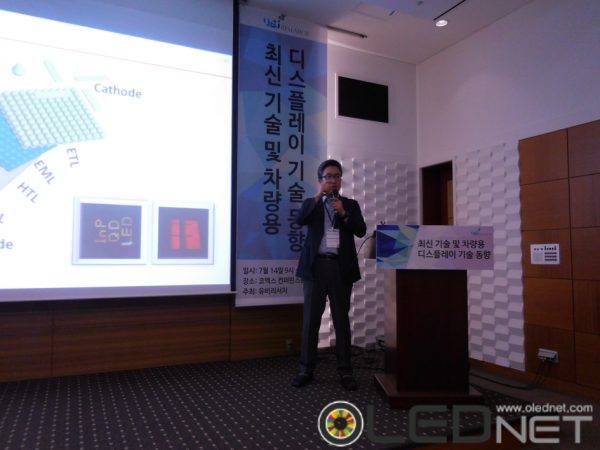
<Dr. Oh Min-Seok of Korea Electronics Technology Institute(KETI)>
As the last speaker, Kang, Hoon-Jong, team leader of Korea Electronics Technology Institute(KETI) explained the digital hologram technology and its application, and emphasized that a display panel capable of expressing the hologram is necessary to implement it. He said “We have a holographic printer or a microscope but there is no enough technology to apply it to TV”. Then, he closed his presentation saying “We need to develop a film for hologram first and then a functional design that can implement the screen.”
During the presentation about the next generation display, many of the speakers emphasized the importance of cooperation and participation among schools, research institutes and companies in order to overcome technical problems and realize them as actual displays. The display competition is expected to become even more intense in the future, as R&D in micro OLED, QLED, and hologram, which are considered as the next generation display, is concentrated




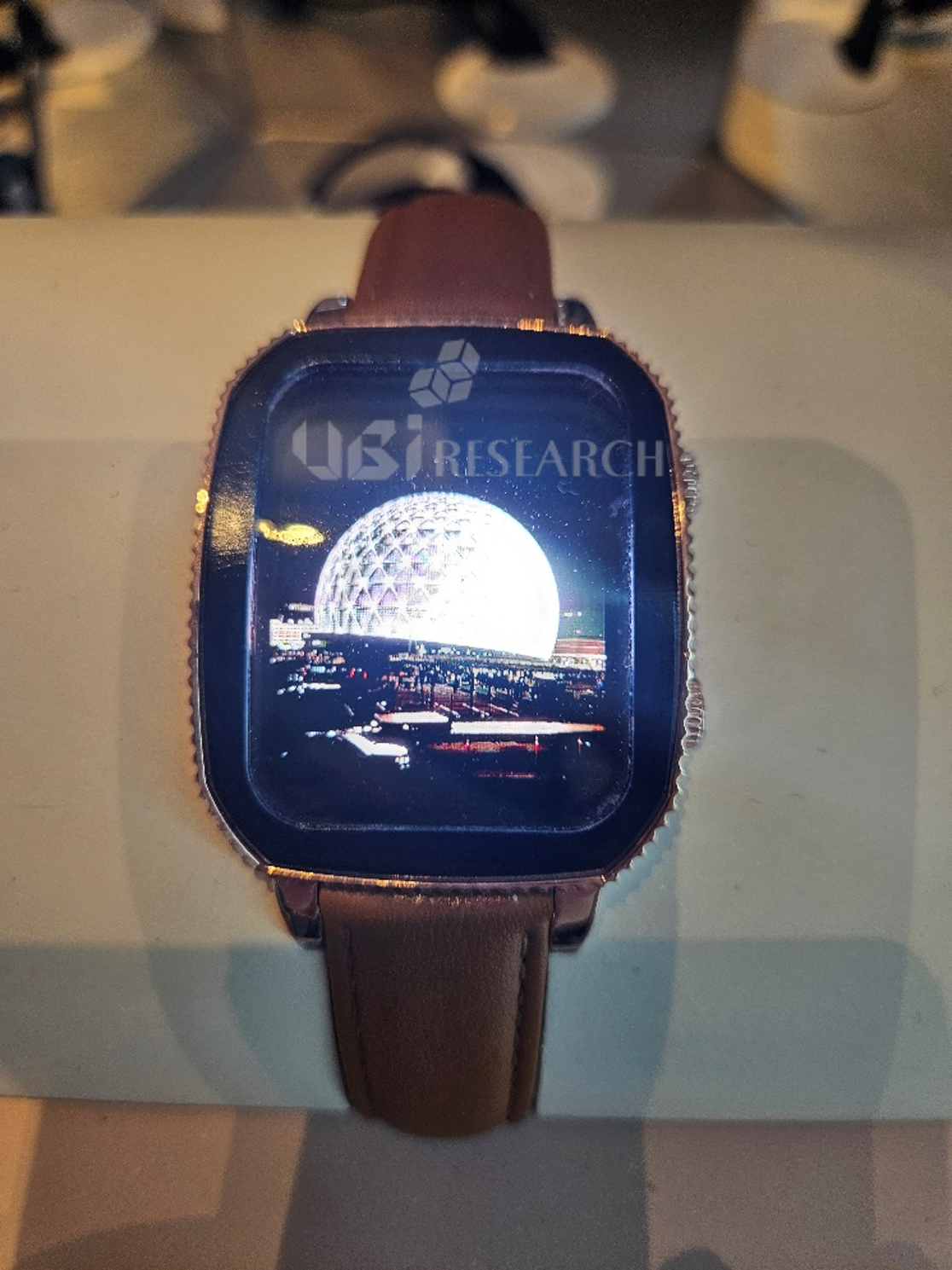

 유비리서치 홈페이지
유비리서치 홈페이지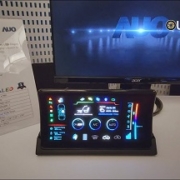
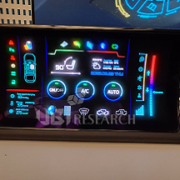
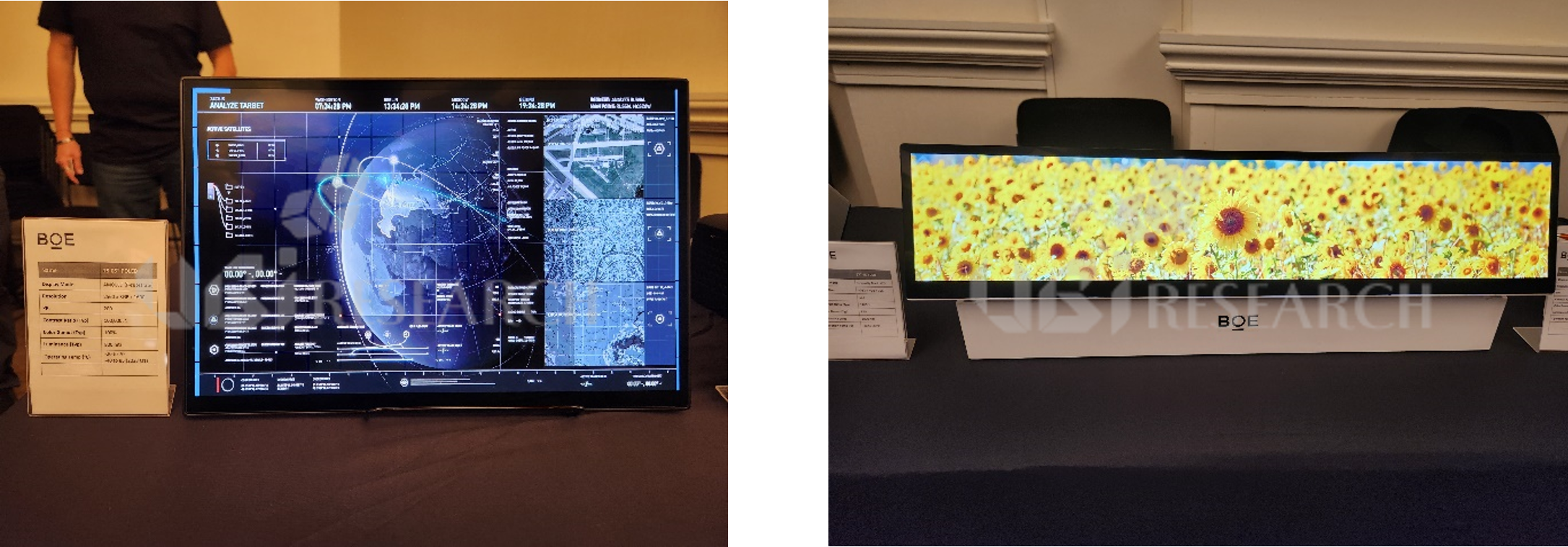
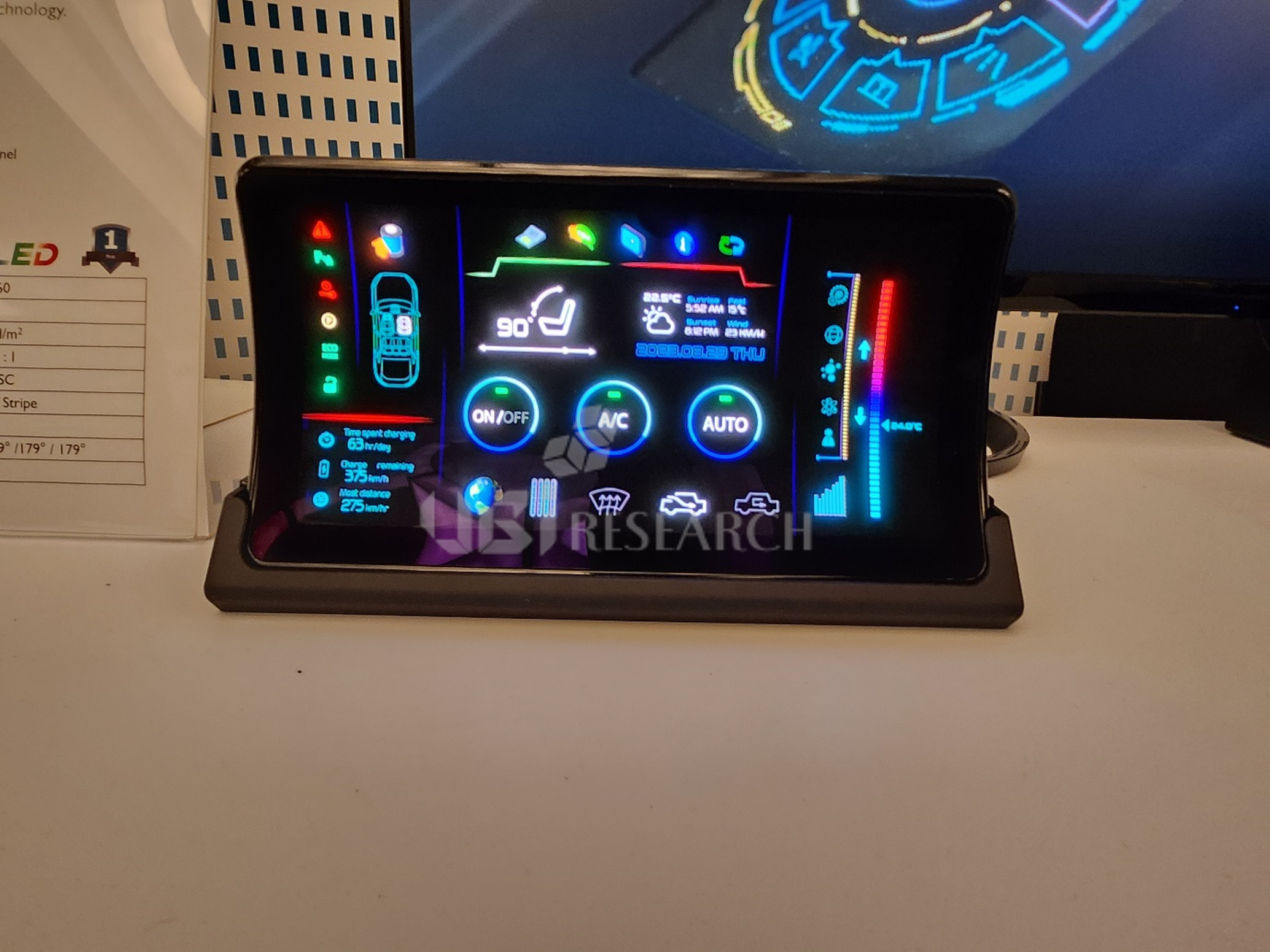

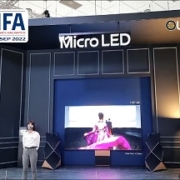
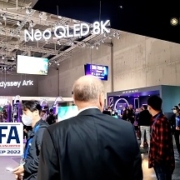

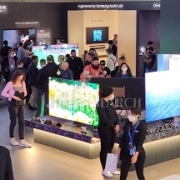
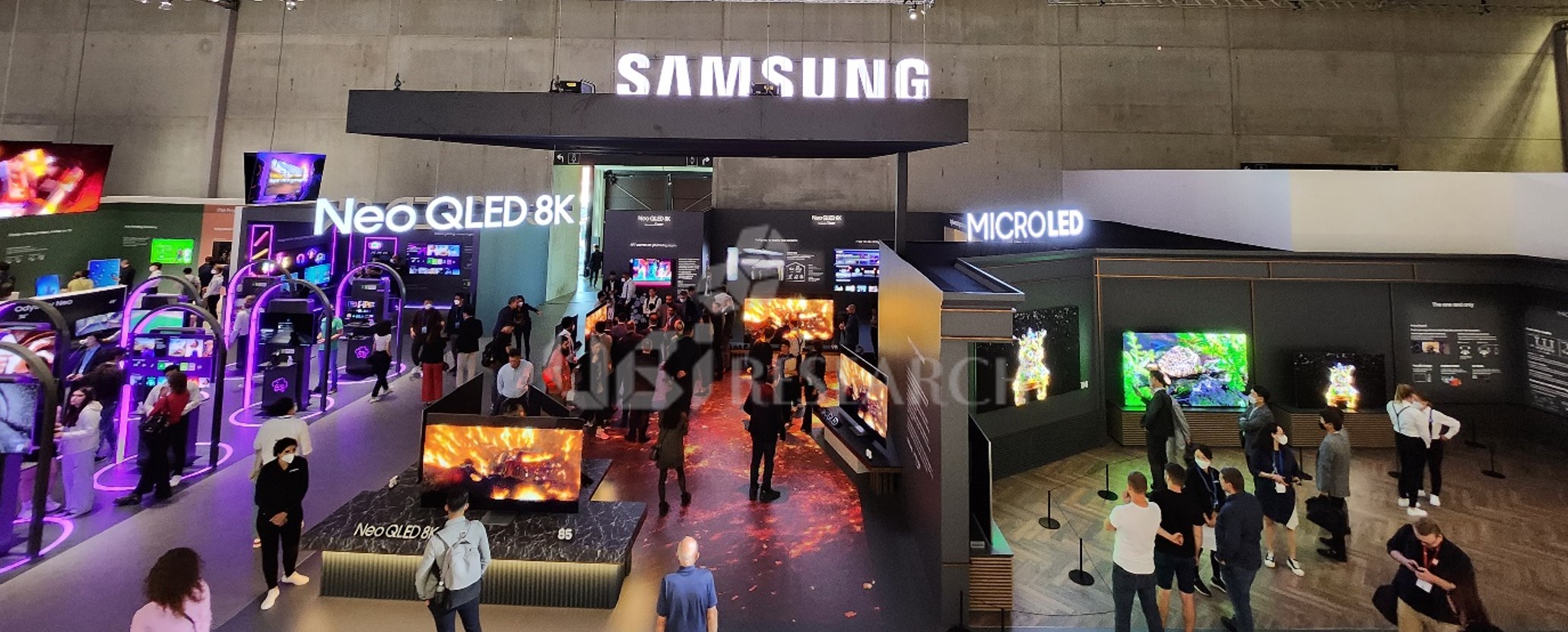
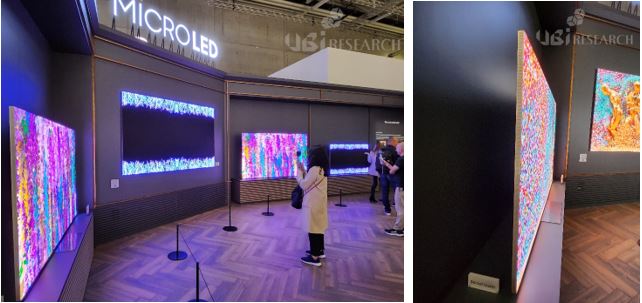
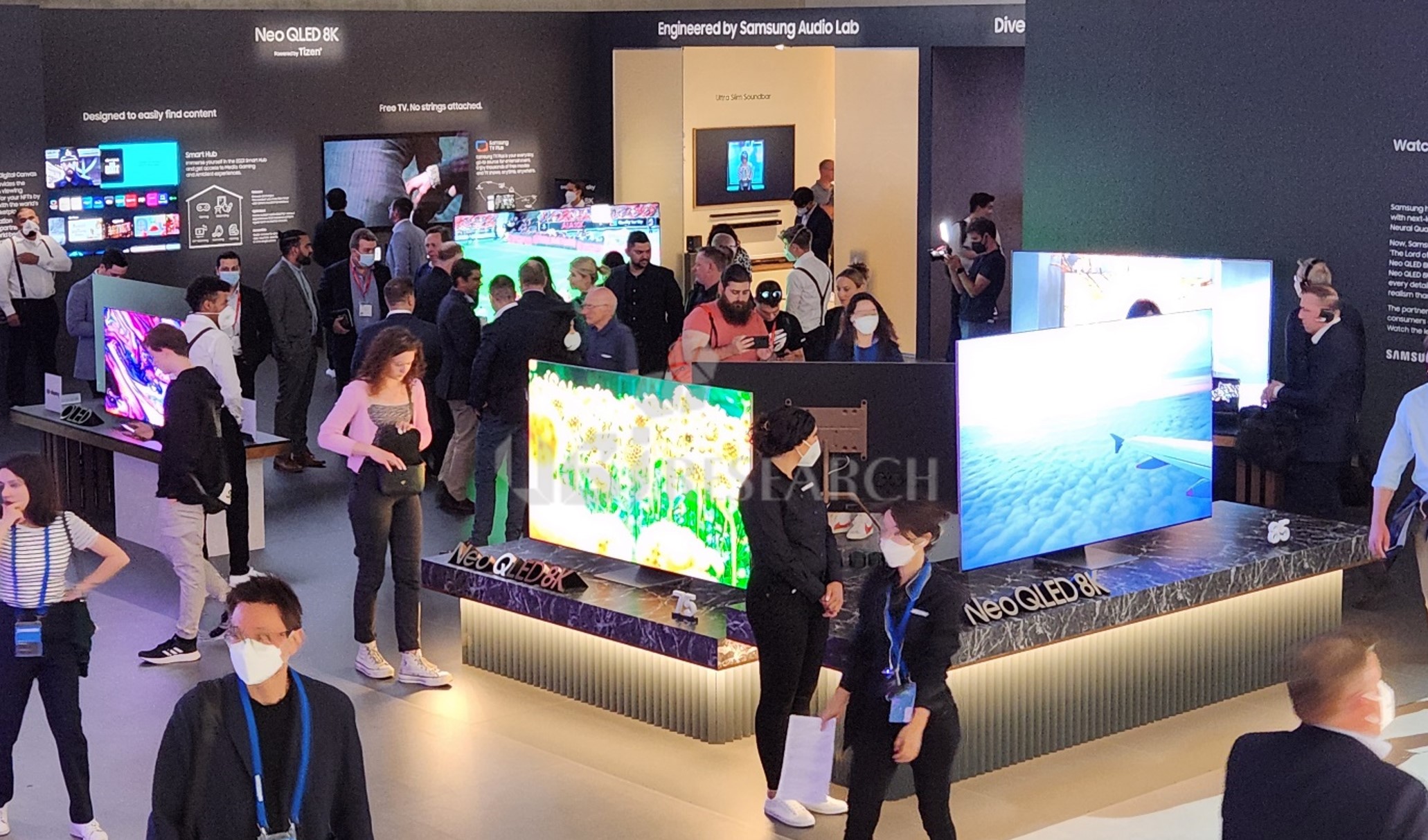


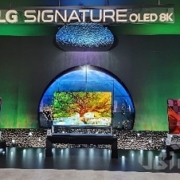
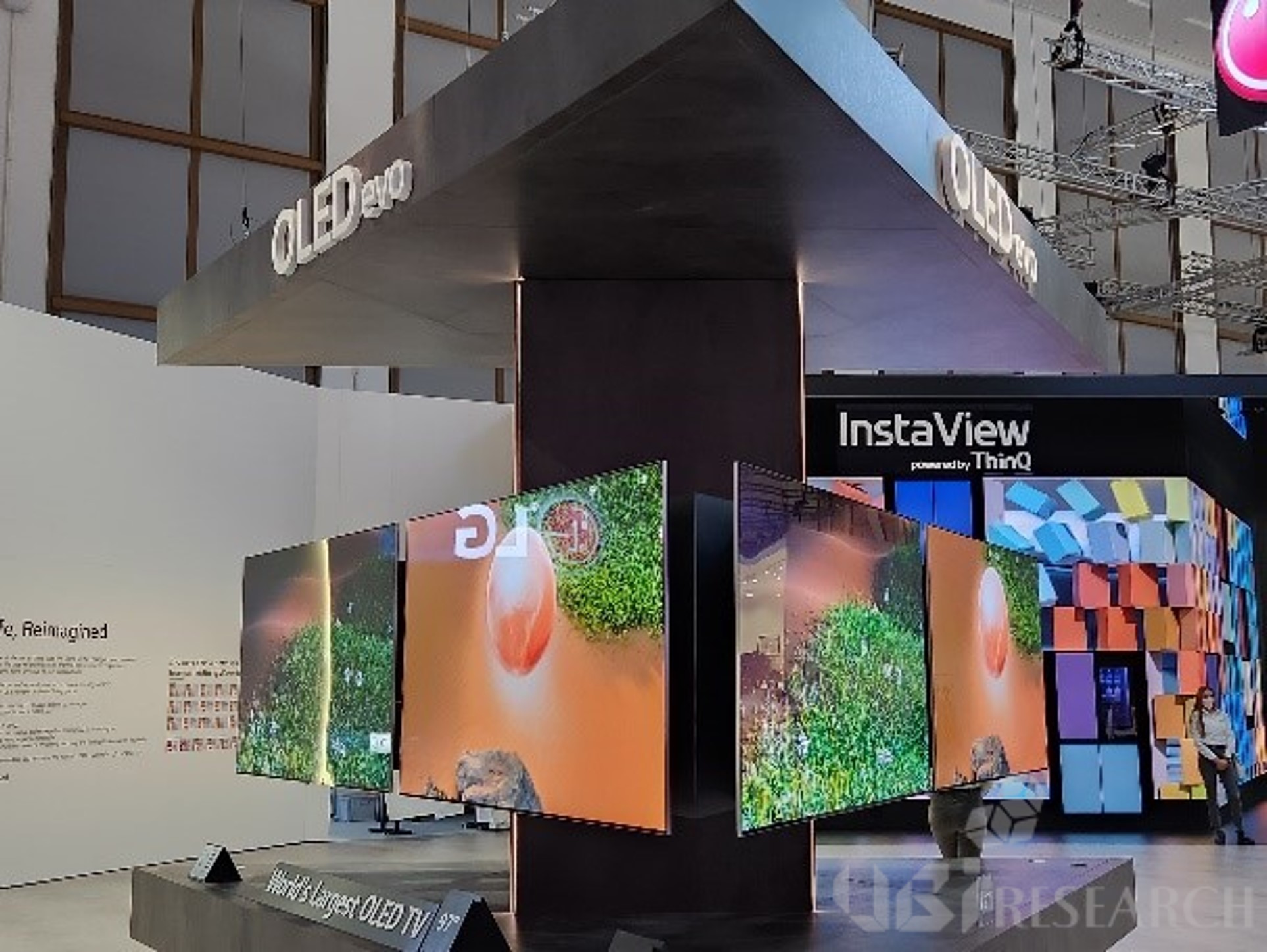
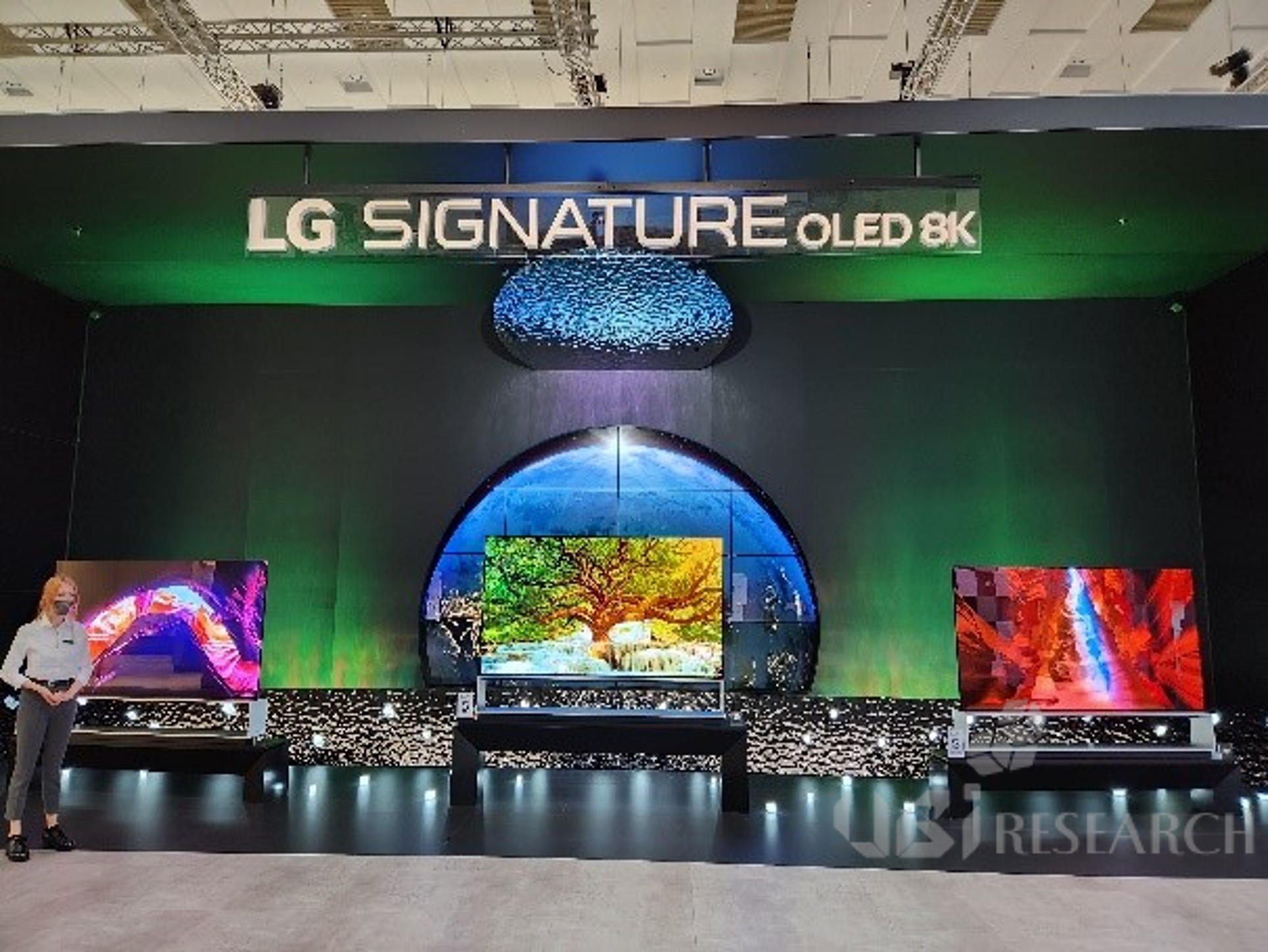
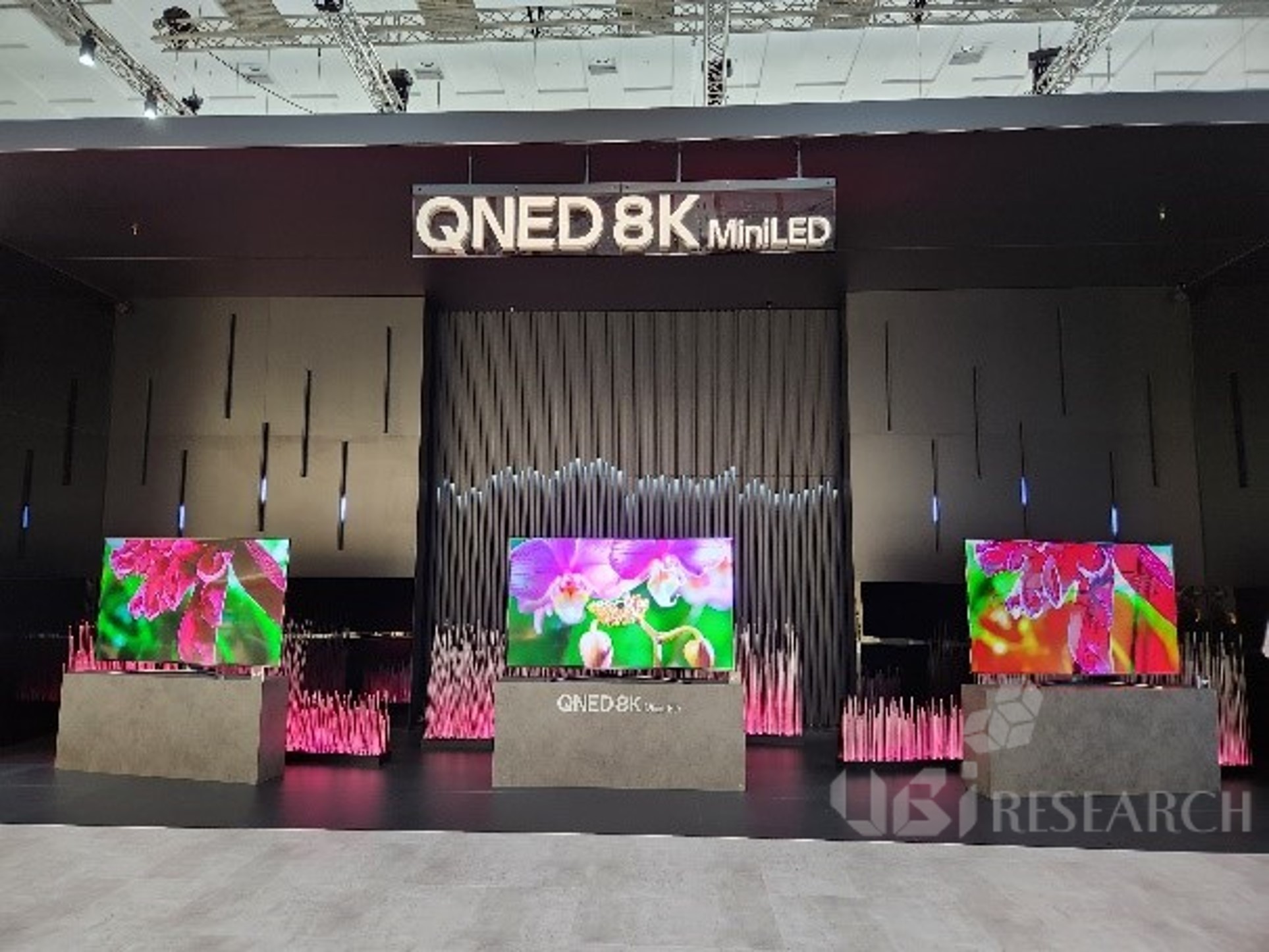
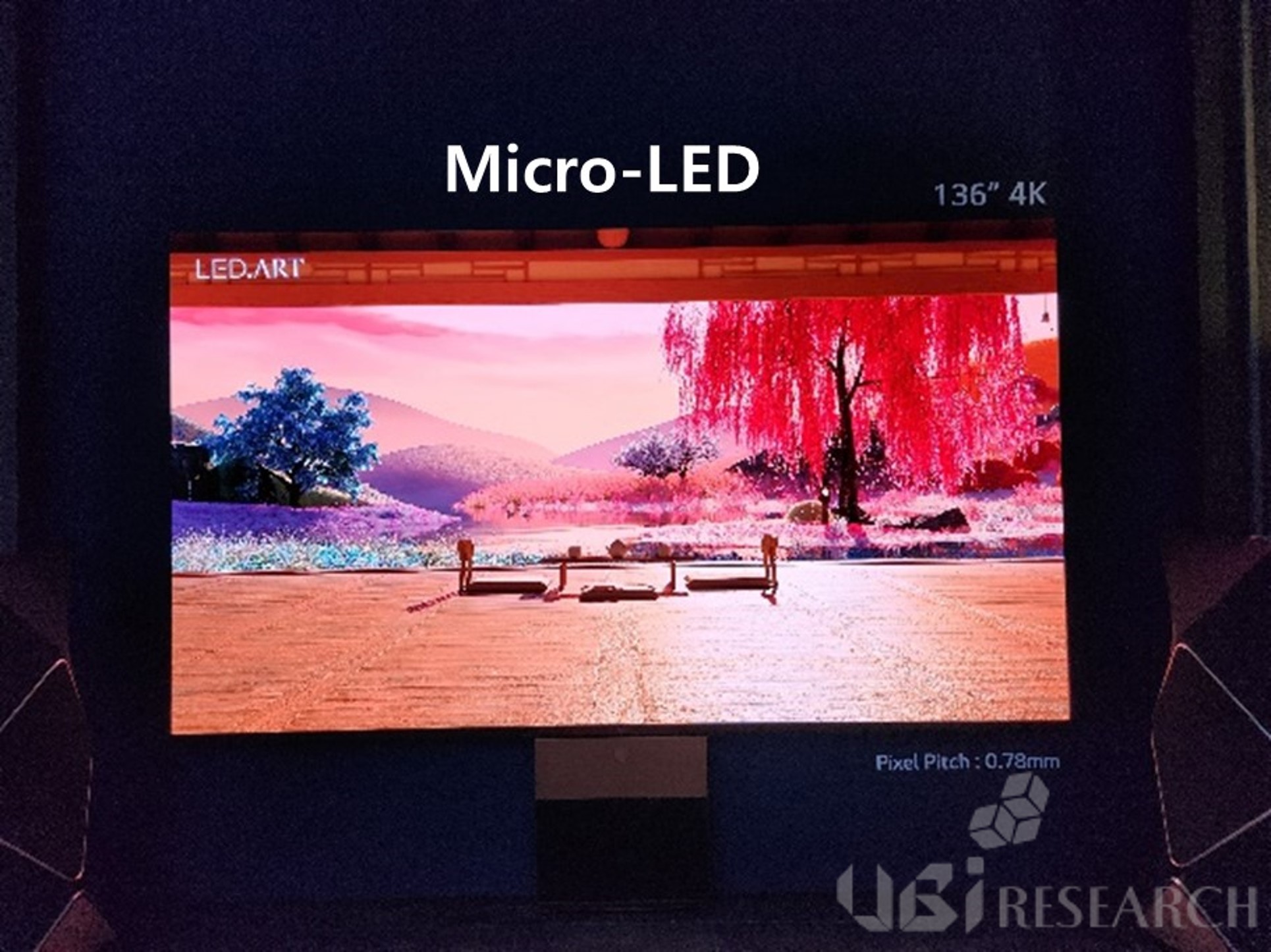
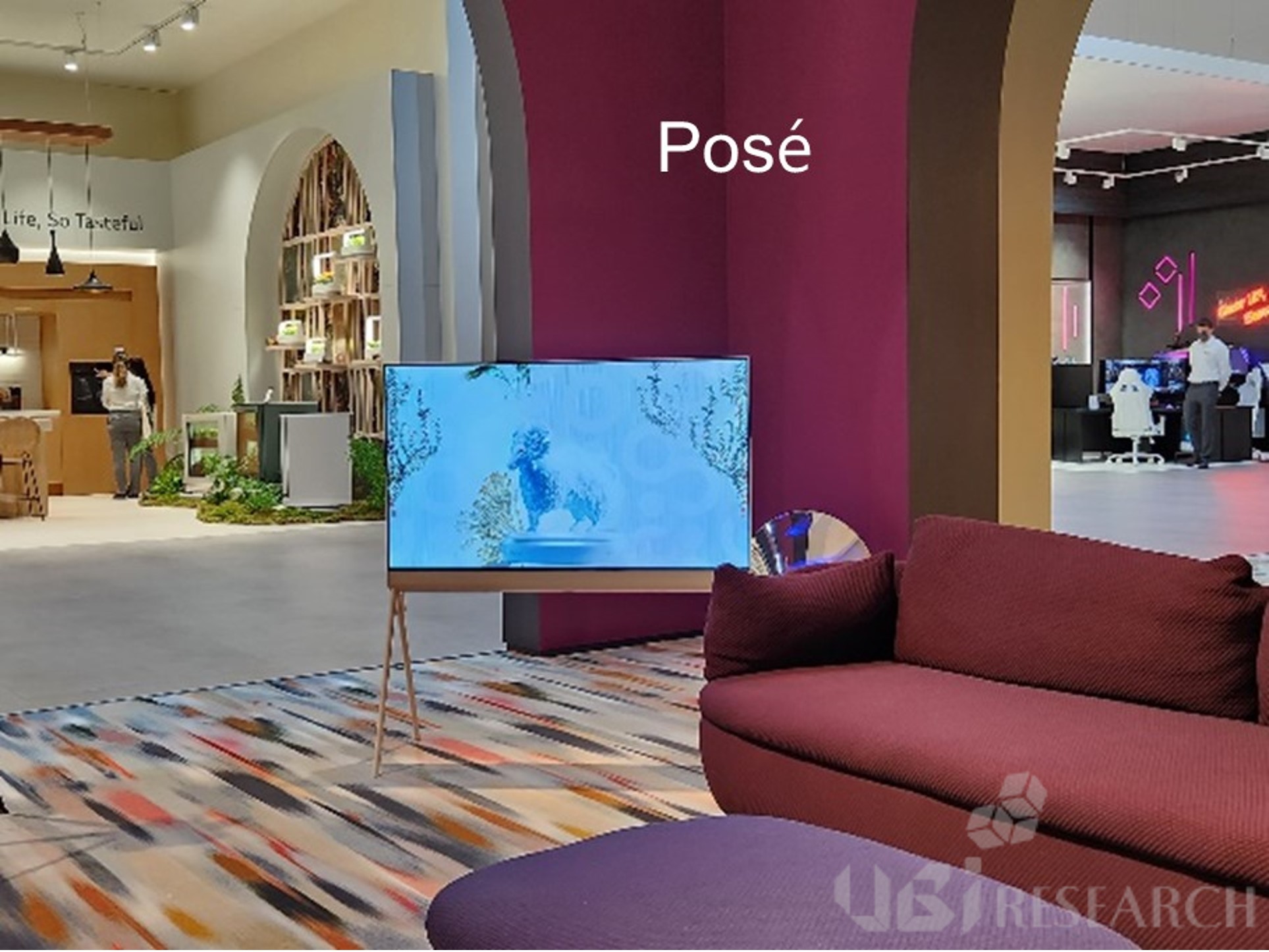


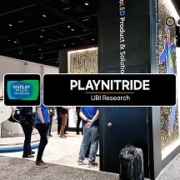
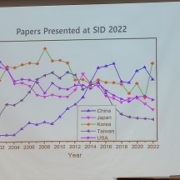
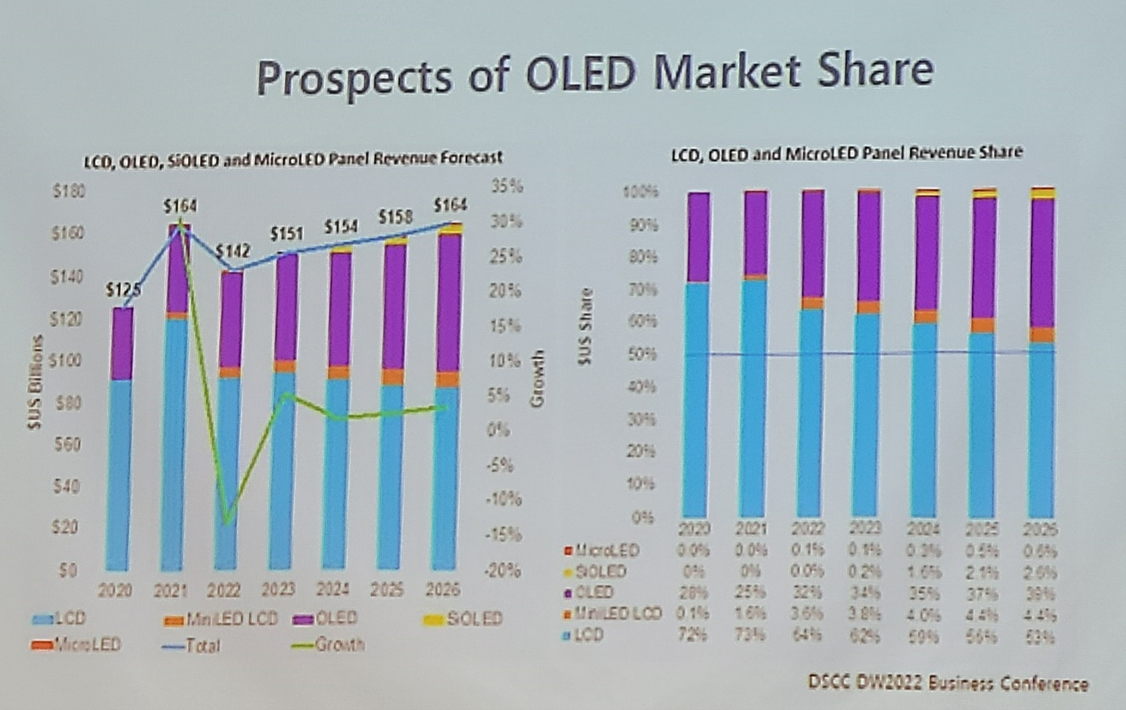
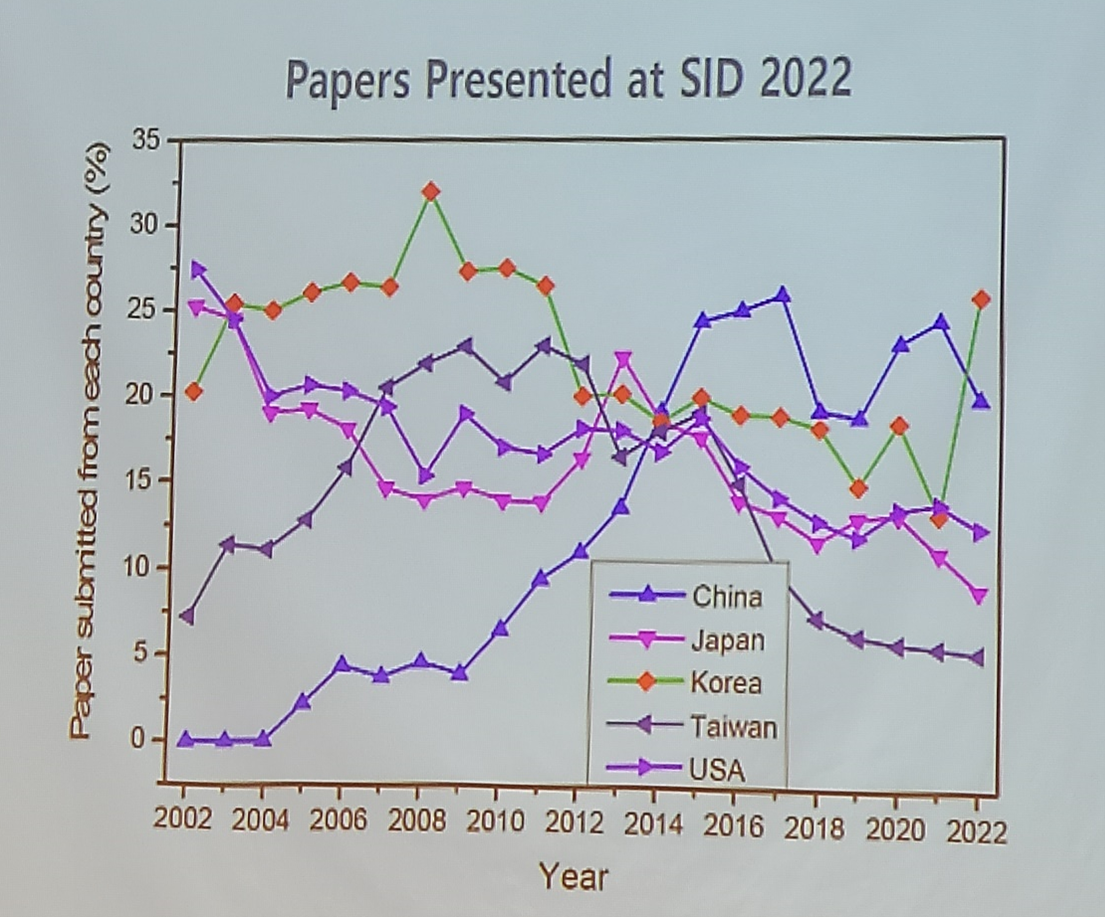
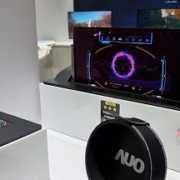
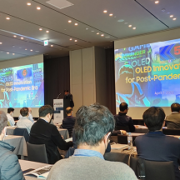

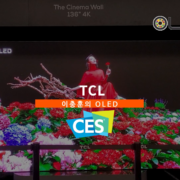
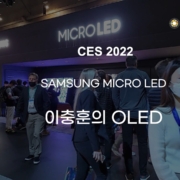
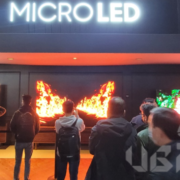




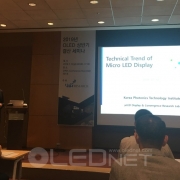
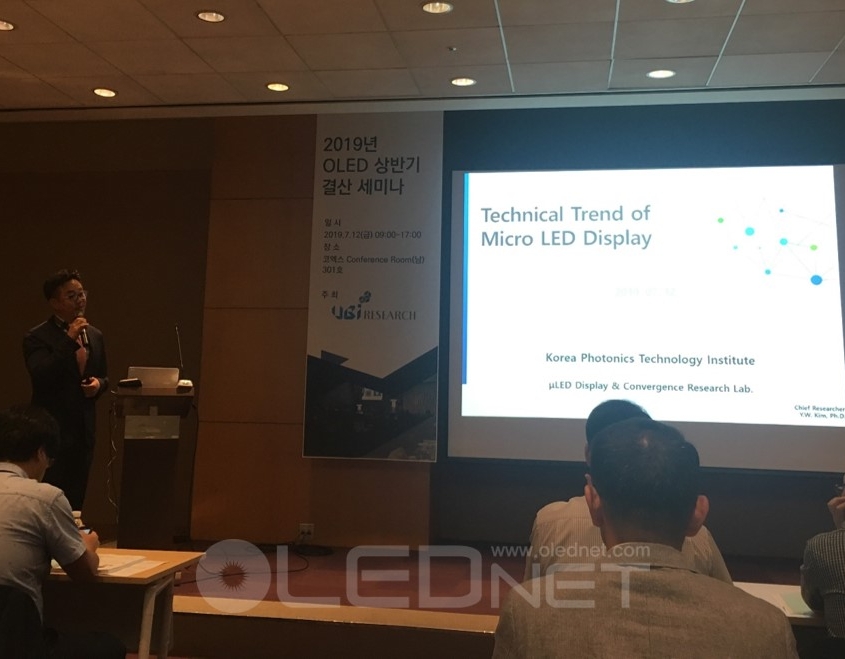
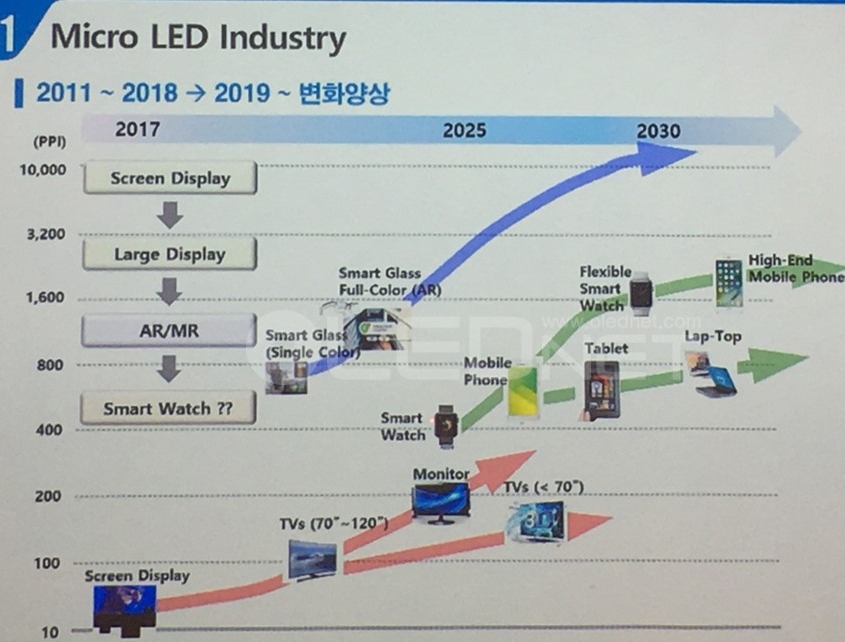
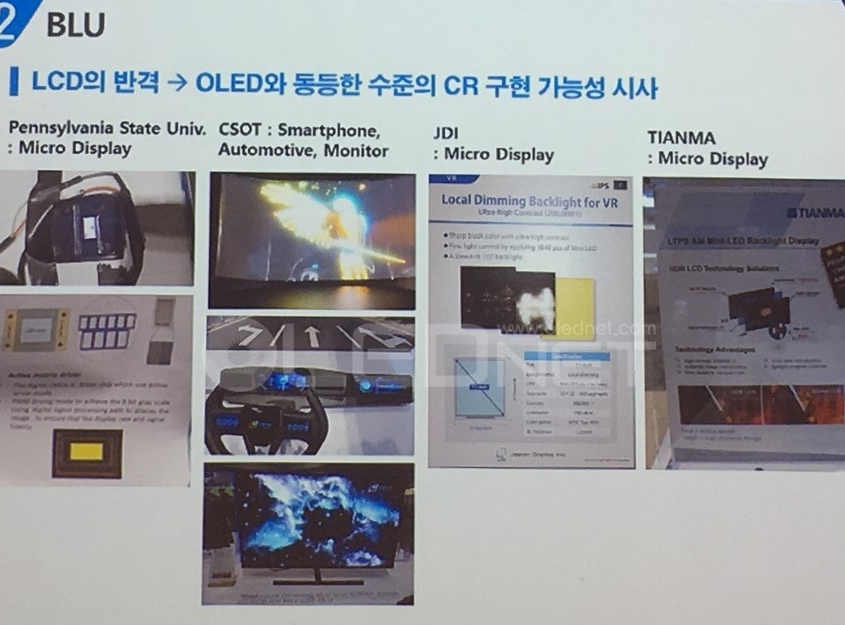



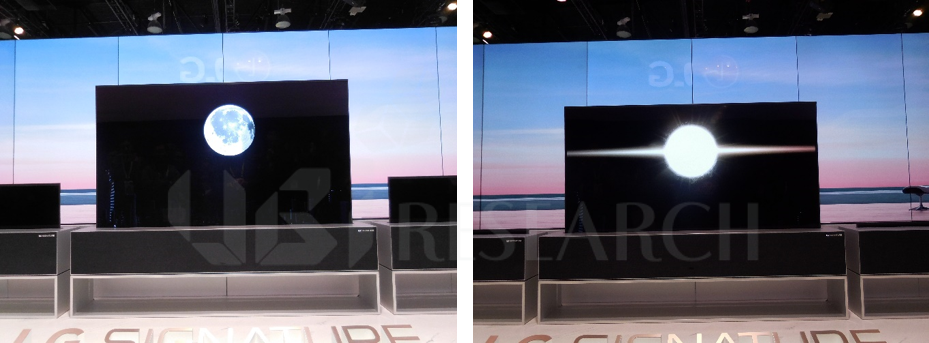 <엘지전자, OLED TV R>
<엘지전자, OLED TV R>